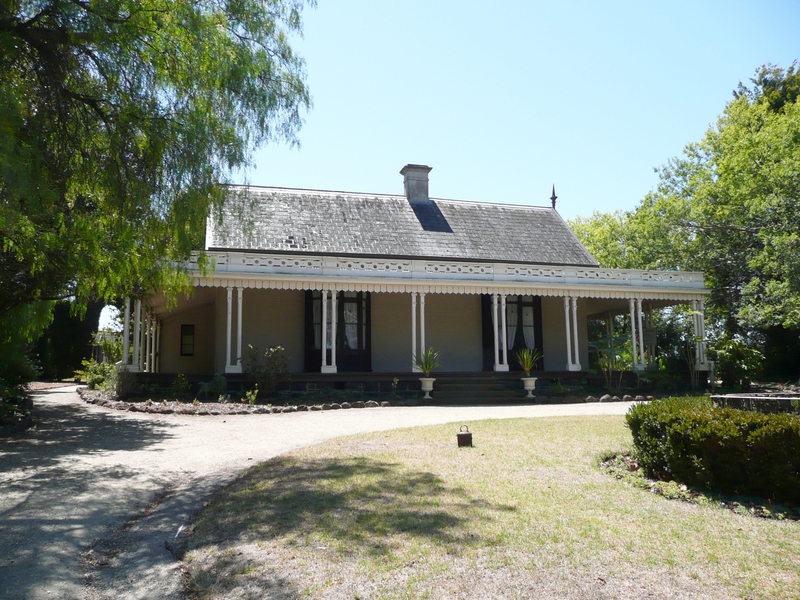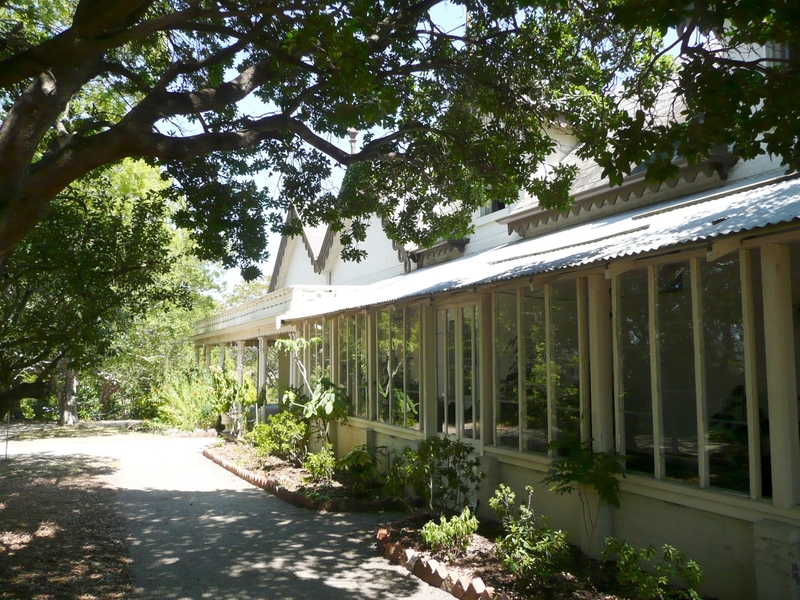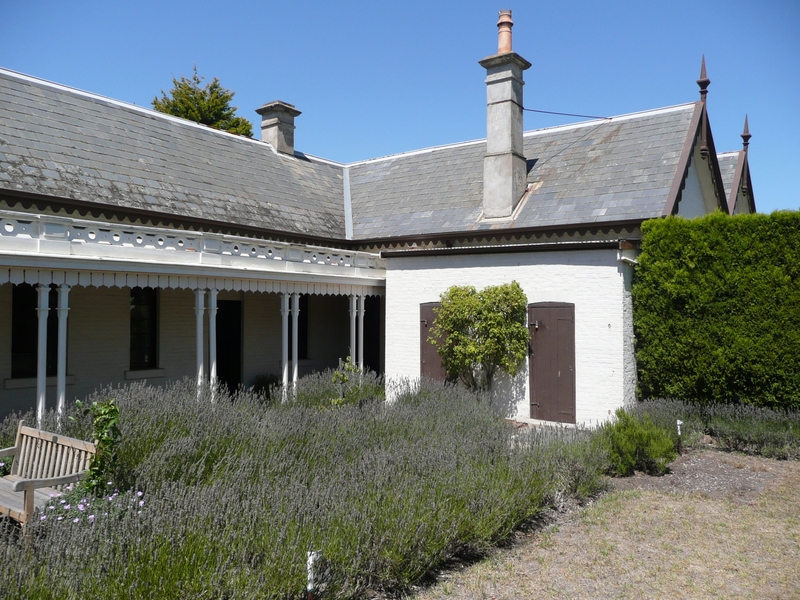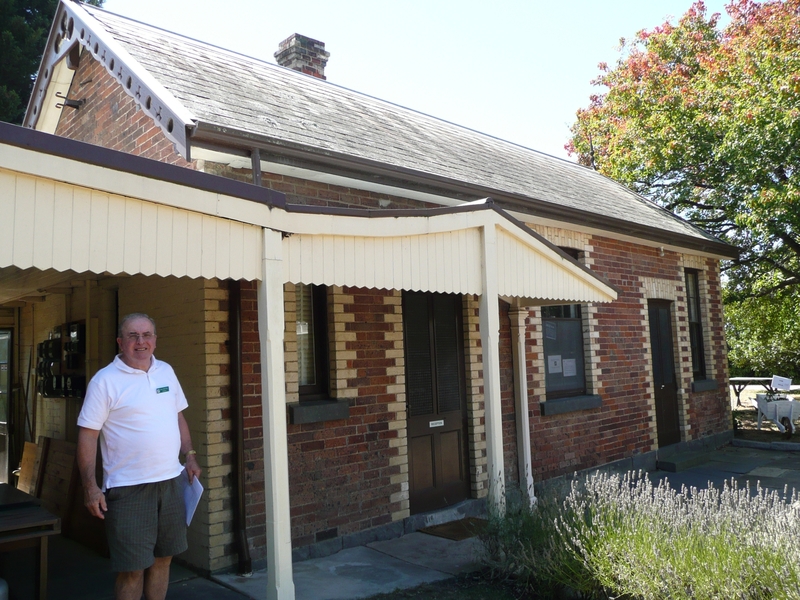BARWON GRANGE
25 FERNLEIGH STREET NEWTOWN, GREATER GEELONG CITY
-
Add to tour
You must log in to do that.
-
Share
-
Shortlist place
You must log in to do that.
- Download report







Statement of Significance
Barwon Grange was developed by Jonathan Porter O'Brien, merchant, and his wife Ann who first constructed a timber house, then a brick house prior to 1856. No architect has been conclusively linked with the main house, although Snell and Kawerau, Backhouse and Reynolds, or John Gill are all possibilities. The prominent Geelong architects Davidson and Henderson designed the 1871 detached kitchen.
Barwon Grange is set back from the banks of the Barwon River and is now, except for the narrow river frontage, surrounded by industrial development. The house is currently owned by the National Trust and operates as a house museum.
Barwon Grange is of architectural and historic importance to the state of Victoria.
Barwon Grange is important for its associated with early Geelong merchants and businessmen including JP O'Brien and James Chandwick. It reflects the affluence of merchants and business interests in Geelong and its hinterland which was precipitated by the gold rushes of the 1850's and later consolidated in the 1870s. Barwon Grange demonstrates a successful middle class lifestyle of the mid to late nineteenth century. The uses, relative sizes and disposition of the rooms are typical and are now generally interpreted through redecoration and furnishing as a house museum. Barwon Grange is a distinctive example of the Gothic Revival style. It expresses the ideals of the Picturesque movement particularly through its use of architectural details including elaborate roof line, unusual balustraded verandah and through its riverside setting.
-
-
BARWON GRANGE - History
Associated People: Davidson & Henderson;BARWON GRANGE - Permit Exemptions
General Exemptions:General exemptions apply to all places and objects included in the Victorian Heritage Register (VHR). General exemptions have been designed to allow everyday activities, maintenance and changes to your property, which don’t harm its cultural heritage significance, to proceed without the need to obtain approvals under the Heritage Act 2017.Places of worship: In some circumstances, you can alter a place of worship to accommodate religious practices without a permit, but you must notify the Executive Director of Heritage Victoria before you start the works or activities at least 20 business days before the works or activities are to commence.Subdivision/consolidation: Permit exemptions exist for some subdivisions and consolidations. If the subdivision or consolidation is in accordance with a planning permit granted under Part 4 of the Planning and Environment Act 1987 and the application for the planning permit was referred to the Executive Director of Heritage Victoria as a determining referral authority, a permit is not required.Specific exemptions may also apply to your registered place or object. If applicable, these are listed below. Specific exemptions are tailored to the conservation and management needs of an individual registered place or object and set out works and activities that are exempt from the requirements of a permit. Specific exemptions prevail if they conflict with general exemptions. Find out more about heritage permit exemptions here.
-
-
-
-
-
KARDINIA HOUSE
 Victorian Heritage Register H0337
Victorian Heritage Register H0337 -
NOBLE STREET UNITING CHURCH, HALL AND KINDERGARTEN
 Victorian Heritage Register H1158
Victorian Heritage Register H1158 -
BARWON BANK
 Victorian Heritage Register H0425
Victorian Heritage Register H0425
-
'Altona' Homestead (Formerly 'Laverton' Homestead) and Logan Reserve
 Hobsons Bay City
Hobsons Bay City
-
-












